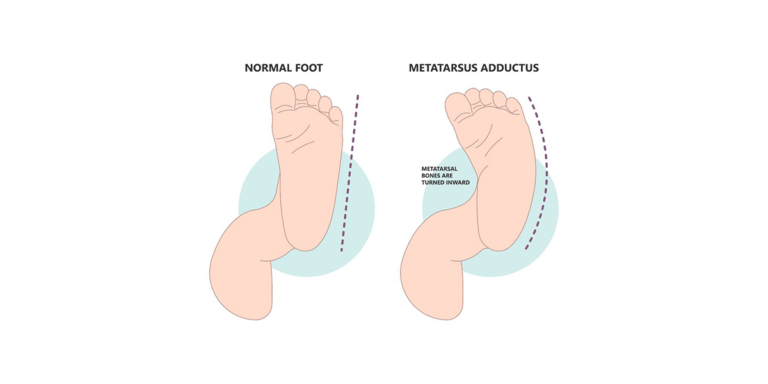Kids Need Online Safety
- Dr Owais Rafiq
- August 12, 2024
- 4:02 am

Why Kids Need Online Safety:
The Dangers of Internet Use for Kids
As computers and Internet-connected devices become more common for work, play, or school assignments it can become more difficult for parents to protect their children from numerous threats on the Web.
inappropriate content, such as:
- Sexually explicit content
- Violent or graphic content
- Obscene or age-inappropriate content
- Downloads of pirated materials including music or video files.

Computer security issues:
Drive-by downloads whereby simply visiting a website can result in malicious programs being automatically installed on your child’s computer.
Malware infections can give other people access to your child’s computer. May appear in peer-to-peer (P2P) file-sharing programs, web links, attachments, and more. Unwanted advertising, pop-ups, and adware programs are often automatically installed when freeware or shareware programs are downloaded. These can also carry spyware.
Lack of online safety: Many parents and children do not understand how to properly secure devices, disable risky features, and protect personal information for online safety.
Inappropriate content: Children may be exposed to sexual content, violence, or other material that is not age appropriate. This can be upsetting or disturbing for young kids.
Contact with strangers: Predators may try to contact children online, taking advantage of their innocence and lack of adult supervision. They may try to lure kids into dangerous real-life encounters.
Sharing personal information: Kids may post personally identifiable information like home addresses or vacation plans that should not be public. They don’t yet understand social boundaries affecting their online safety.
Malware and scams: Children may accidentally download malware or fall for phishing scams that could expose their families to threats like financial fraud. Predators target popular kids’ sites to gather info for these attacks.
Lack of adult supervision: As children use more devices and go online independently at younger ages, it becomes harder for parents to monitor and protect their activities. Open communication is key.
Cyberbullying: The following are some instances of what can be deemed cyberbullying:
- Writing hurtful things through instant messaging, text messaging, or online games Posting derogatory messages on social networking sites
- Posting or sharing embarrassing photos or videos Creating a fake profile in order to humiliate someone
How can you protect your child from online safety hazards: Managing & Monitoring Your Kid’s Internet Access

What does Online safety for kids mean:
- Protecting your children from objectionable material.
- Protecting your devices against viruses or malware, spam, and mobile threats
For parents, access management is critical, and this takes two broad forms:
Parental control software often comes bundled with Internet security solutions and gives you the ability to manage the time your child spends online.
Antivirus software programs help you deal with issues like spyware and viruses from websites your children may unwittingly visit.
Giving your children trust and respect:
Kids must have some room to learn and grow from their own choices. Oppressive content controls won’t help them accomplish online safety. It might even make them more rebellious.
Ultimately, parents face a war on two fronts:
Limiting inappropriate Internet access.
Acknowledging their child’s burgeoning independence. To avoid a losing battle, it’s important to respect the technical aspects of online control, and the ability of kids to counteract poor security measures.
How to Choose the Best Security Software for Your Household
A family’s security from the risks of the Internet extends beyond parental control, so it’s critical to make sure the program offers complete protection against online safety hazards when assessing parental control software.
Set the Ground Rules
Before handing a computer or mobile device to your children, you should have an age-appropriate discussion about what they should and should not do.
First, set limits on online time. When their time online is not idle, there’s a smaller chance of drifting into undesirable parts of the web.
Tell your children to talk with you before sharing information like their names or addresses or speaking with someone they meet online. They should tell you right away if they see something that upsets or scares them.
Teach Kids How to Take Action Themselves
Show your kids how they can take proactive online safety steps. Teach them how to use the privacy, reporting, and blocking functions on the sites they visit.
Older kids may know more about the online world than you. Consider making them the experts and having them show you the safety features of the sites they frequent.
Involve Kids in Decision-Making
Like all parenting conversations, talks about online safety should be learning experiences, not one-sided lectures. Ask what they think about what they’re seeing online and whether it’s potentially dangerous. If they disagree, listen to why and be prepared to respond
online Safety Tips for Kids Essential Takeaway Advice for Parents:
In summary, the following are the key lessons learned to ensure children’s online safety:
- Engage your kids in conversation about the risks they could encounter when
using the internet.
- If at all feasible, move the computers used by your kids into the family area.
- Try to make the computer a shared family experience.
- Urge your kids to talk to you about anything uncomfortable or upsetting they
come across on the internet.
Limit the material that can be viewed on the computer:
- Many Internet security solutions can help you to do this
- Internet Explorer includes a Content Advisor that can also help provide
guidelines that let your child know what they can and cannot do on the Internet. For example, your guidelines could tell your child whether they are permitted to:
- Register with social networking or other websites
- Make online purchases
- Download music, video, or program files
- Use instant messaging programs
- Visit Internet chat rooms
Download and install the latest security patches and updates for all your devices as they come out. This includes your operating systems, apps, and other software.
- Anti-malware
- Anti-spam filtering
- Phishing protection
- Parental controls
- Real-time web browsing monitoring
Techniques for Preventing online safety issues:
Choose Secure Web Sites: Select kid-safe websites and applications that are suitable for your child’s age. Seek out platforms that come equipped with inbuilt content filters, parental controls, and reporting tools for offensive content or behavior.
Enable Privacy Settings: To restrict who can see and interact with a child’s profile or postings, modify the privacy settings on social media accounts and other online platforms. Make sure that personal information is only accessible to those you trust. Increase Cybersecurity Awareness: Inform kids about typical internet dangers like malware, phishing schemes, and phony websites. Instruct them in identifying dubious emails, links, or communications, and stress the significance of confirming sources before clicking.
Dr Owais Rafiq
Subscribe to Dr Owais YouTube channel
For parenting advice, child health, symptoms, causes and treatment of illness in children.





